Read And Find Out About The Modern-day Tire Pressure Monitoring Systems
With the advent of Nano-Technology, features which were virtually unimaginable to the human brain, are now being offered as standard in everyday equipment. The automotive industry has also taken tremendous advantage from the era of miniaturization and has advanced in vehicle monitoring and driver aiding systems.
Today’s Tire Pressure Monitoring Systems or TPMS are a result of CMOS Technology, making the driver keep real-time track of each individual wheel. The most accurate and effective type of modern TPMS is the Direct-TPMS, which has sensors strapped on each wheel (typically on rims inside tires) which wirelessly transmit data to TPMS central module. The sensors are pressure-temperature transducers which monitor ambient pressure and temperature of air inside each tire and transmits it digitally to the central module using certain two-way Radio Frequency link. Each sensor is made to have very low power consumption and has an in-built battery which last for several years.
The TPMS was initially designed to work in conjunction with run-flat tires, and had the job of alerting the driver when running on flat. But due to its usefulness, it has become standard equipment in many vehicles. Another passive way of monitoring was popular a while ago by few car manufactures known as the indirect-TPMS. It calculates tire pressure (or inflation levels) using changes in rotating speed of a certain wheel. It is aided from the ABS/Traction Control Module to compare changes in rate of wheel rotation by taking one wheel as reference and comparing the speed of the adjacent wheel for difference in speeds. If a wheel was under-inflated, it would roll at a higher pace then the tire at nominal inflation pressure, and this data was converted into tire pressure indication using certain algorithms. However, it has many drawbacks like frequently resetting the system every time you fill in air or change tires etc. The most apparent shortfall with this system is inability to detect tire pressure loss if both two adjacent wheels are losing air at the same rate.
The direct TMPS system often comes standard on European vehicles but is available as after-market option too. In Pakistan, these system can be found shelved in good automotive accessory shops. They are available in three packages:
- first which has sensor strapped on the rim
- second which the filling nozzle is replaced by the sensor (which has its own filling neck), and
- third in which the sensor is screwed on the filling nozzle in place of dust cover
Whatever type of TPMS your car is equipped with, only proper care can ensure effective functionality and prolonged life. Due to environmental damaging and theft problems, the third type (nozzle cover type) would be not be a good choice here. Try using tire sealant when you get your tires replaced to ensure proper mounting and protection against moisture (which causes adverse effects on sensor module along with the tire/rim itself). Filling tires with nitrogen is a good option as it is done using special compressors which filters out moisture but it does has availability problems in Pakistan. When you’re going for an aftermarket brand, make sure it’s of good reputation and adaptive in nature. Go for the one which turns the sensors ‘ON’ only when the vehicle is moving to prevent power loss when vehicle is not being used. Cheap variants are available but their power consumption levels are so high that they drain out the batteries quicker and leaves you in cold at the end of the year.

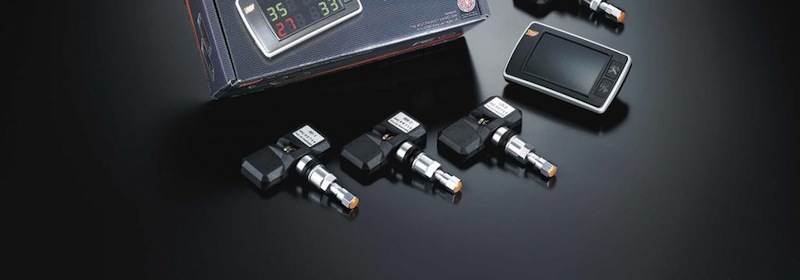
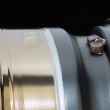
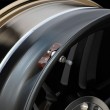
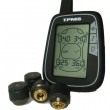
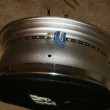
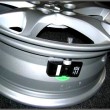

It would have been more appropriate if you would have also mentioned prices of various systems available and from where one could buy them. As anyone reading about a new product foremost wants to know its cost.